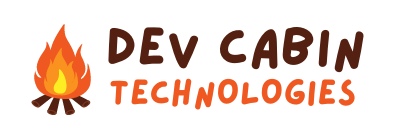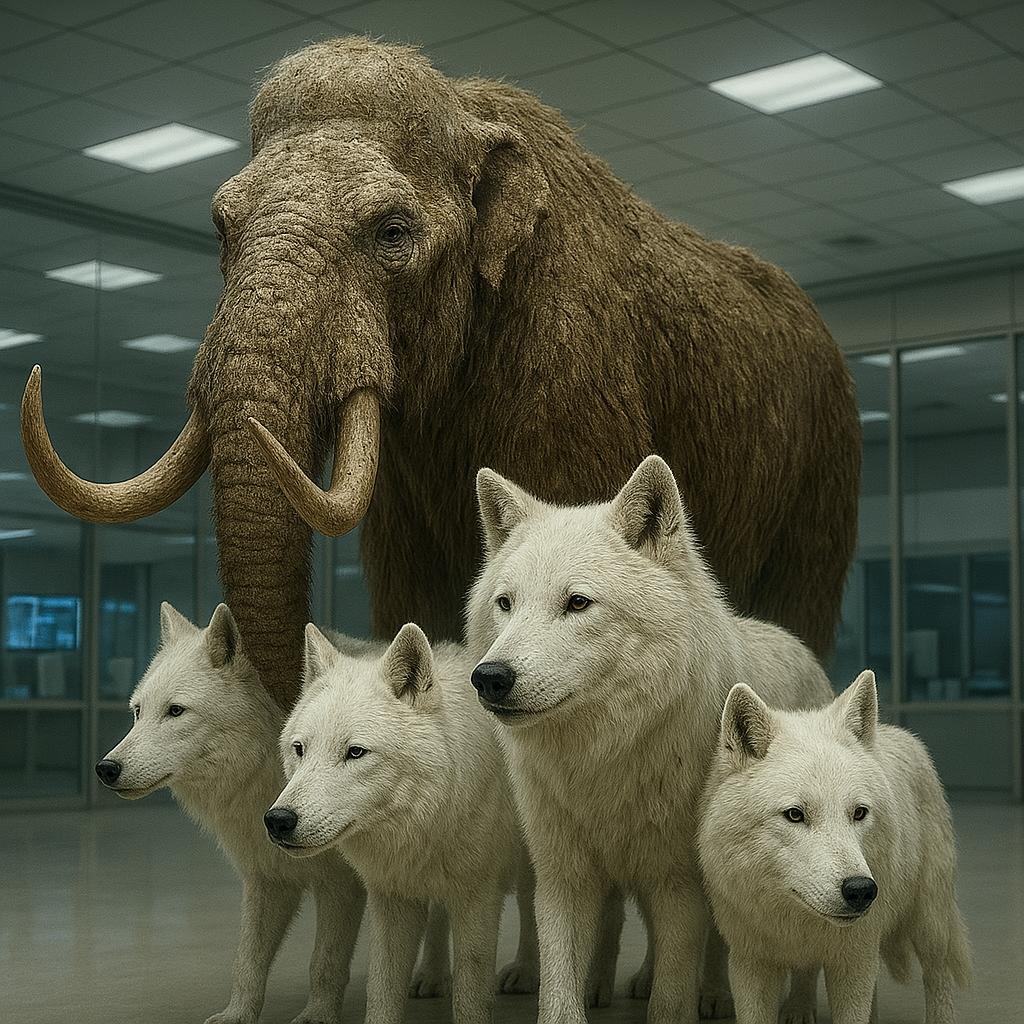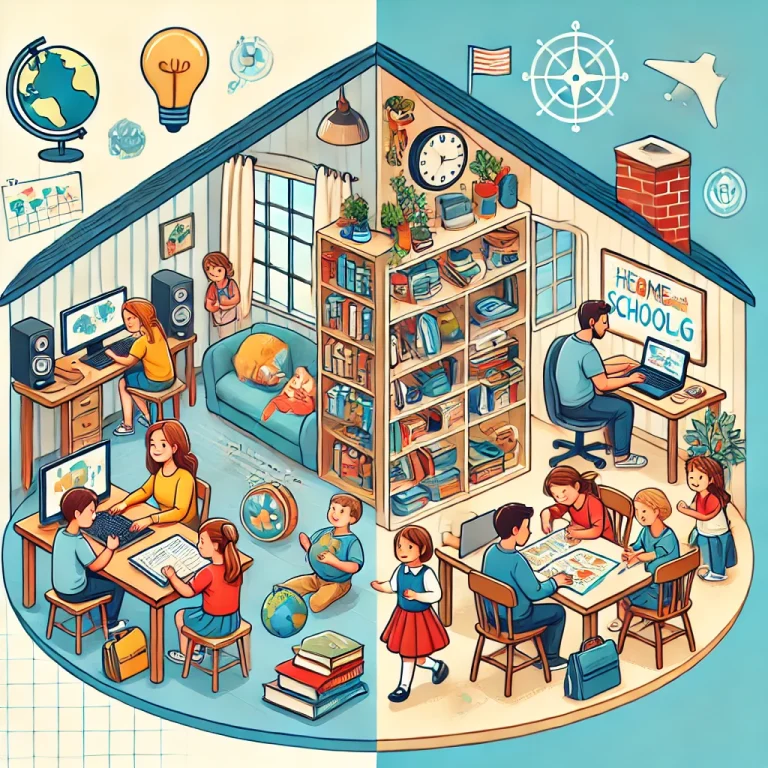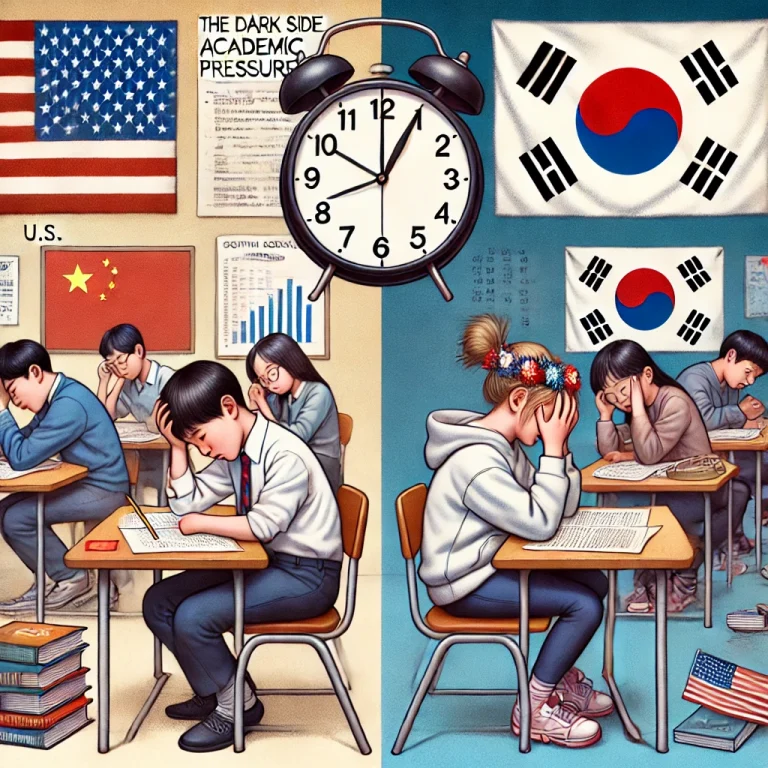In an age where artificial intelligence is redefining nearly every industry, from finance to filmmaking, one of its most ambitious frontiers lies in the realm of biotechnology and genetics. At the forefront of this movement is Colossal Biosciences, a Texas-based “de-extinction” company with a bold mission: to bring back extinct species such as the woolly mammoth, the dodo, and the Tasmanian tiger. And AI is the engine driving their progress.
From Sci-Fi to Science: The Role of AI in De-Extinction
De-extinction sounds like something out of Jurassic Park, but unlike the chaos of Hollywood fiction, the real-world effort is rooted in precision biology and data science. At Colossal, AI is used to analyze genetic material, optimize gene-editing strategies, and simulate potential ecological impacts. Without AI, the scale, speed, and complexity of this work would be impossible.
AI’s role begins with genomic comparison. By using machine learning models trained to read and analyze DNA, Colossal can identify the genetic differences between extinct animals and their closest living relatives. For example, the woolly mammoth shares over 99.6% of its DNA with the modern Asian elephant. AI helps isolate the specific genes responsible for traits like cold resistance, thick fur, and fat storage—traits that made mammoths uniquely adapted to Ice Age environments.
CRISPR and Computational Power
Once key genes are identified, CRISPR-Cas9 gene-editing technology is used to insert or modify them in living embryos. But knowing what to edit and ensuring it works is where AI steps in again. Colossal’s algorithms run simulations on potential gene edits, predicting their impact and ruling out combinations that could cause harm or failure. This level of predictive modeling saves years of trial and error and reduces ethical risks.
Colossal also uses AI-powered protein folding models, like those developed by DeepMind (AlphaFold), to better understand how modified genes will express themselves in physical traits. It’s not enough to edit DNA; the resulting animal must be viable, healthy, and functionally similar to its extinct ancestor. AI helps bridge that gap.
Ethical Questions, Environmental Impact
The resurrection of extinct species isn’t just a scientific puzzle—it’s an ecological one. Reintroducing de-extinct animals into modern ecosystems could have unpredictable consequences. Colossal employs AI simulations to model environmental interactions, population dynamics, and biodiversity outcomes. These virtual environments help scientists plan reintroductions responsibly and assess whether a species like the mammoth could truly thrive again—or inadvertently become invasive.
Moreover, AI helps address ethical concerns by ensuring that the re-creation of extinct species adheres to strict welfare standards. From gestation to early development, machine learning monitors biological markers for signs of stress, illness, or genetic anomalies, helping to ensure that these animals live healthy lives.
Not Just Dinosaurs: A Climate Resilience Strategy
Colossal isn’t just bringing back extinct species for spectacle—it’s aiming to restore ecosystems and combat climate change. For instance, the reintroduction of woolly mammoths to the Arctic tundra could help slow permafrost melt by trampling snow and encouraging grass growth, which reflects more sunlight than trees and shrubs. AI plays a critical role in modeling these long-term ecological benefits.
Similarly, by reviving species like the dodo, Colossal hopes to rebuild disrupted food chains and foster greater biodiversity in fragile ecosystems like Mauritius. AI helps identify what plant and animal species need to co-exist for these efforts to succeed.
The Future of De-Extinction Is Digital
The dream of de-extinction is no longer confined to museums and textbooks. Thanks to the fusion of AI, genomics, and synthetic biology, Colossal Biosciences is rewriting what’s possible in conservation science. AI acts as a digital detective, a design tool, and an ecological forecaster—all working toward a future where extinction may no longer be the end of the story.
While the road ahead is complex and filled with scientific and ethical challenges, one thing is clear: the brainpower of AI is helping humans restore what was once thought permanently lost. The age of artificial resurrection has begun.







